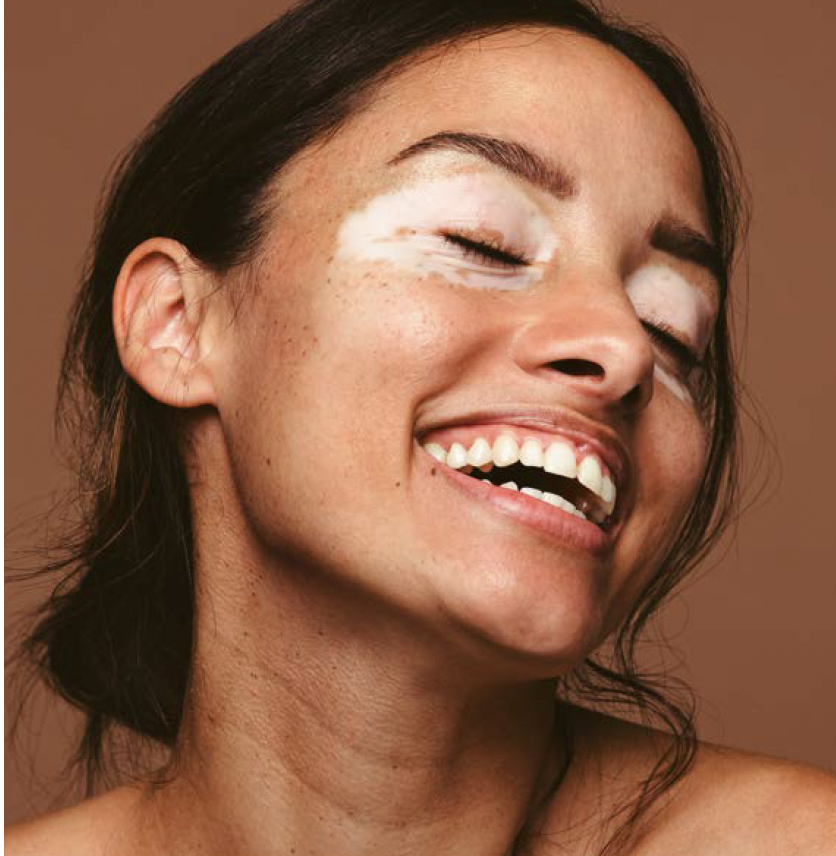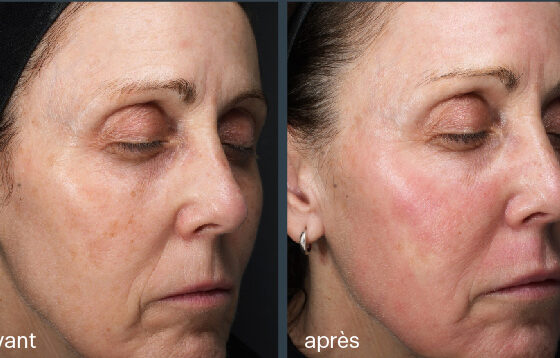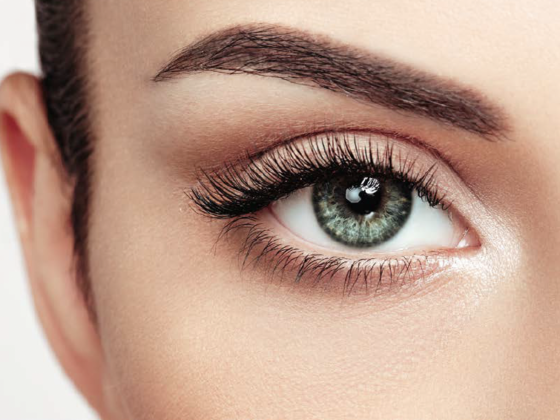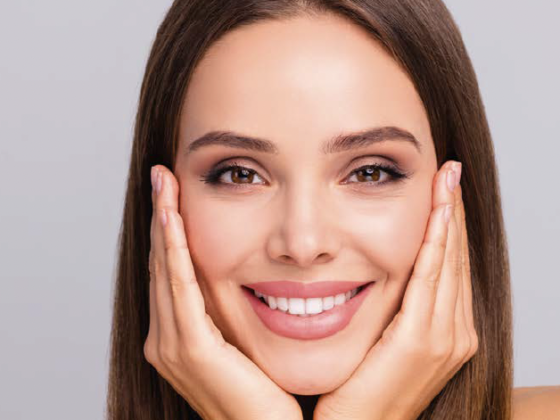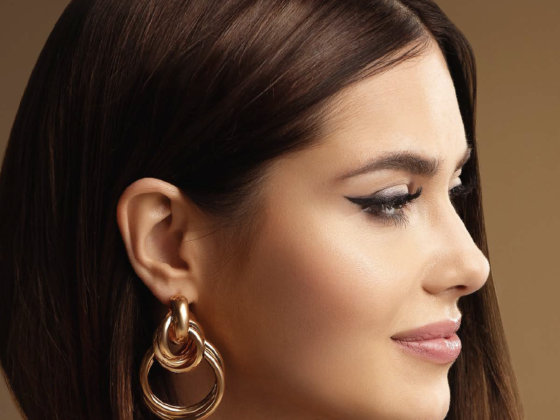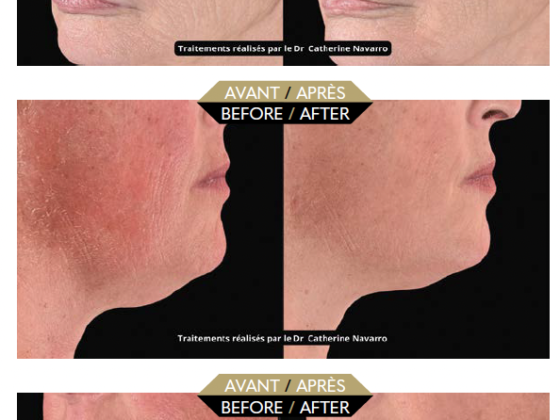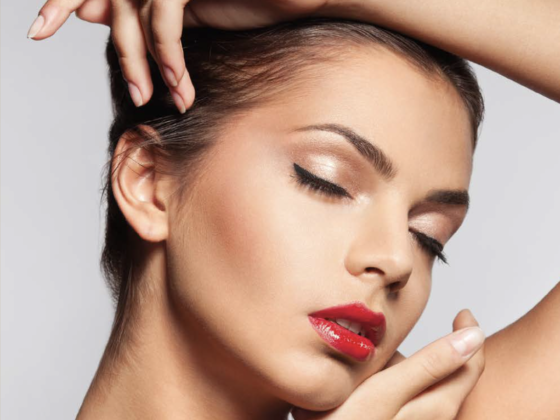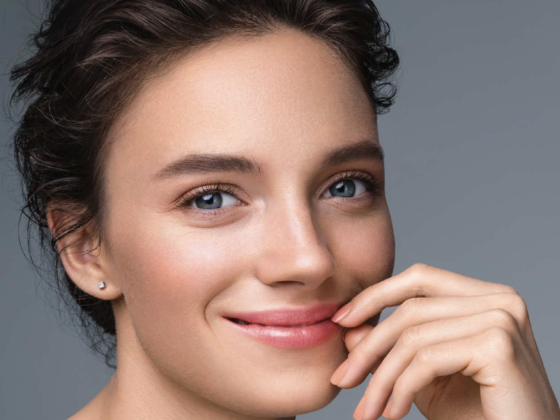Dr Catherine de Goursac
ATTIVA radiofrequency fulfils the demand for a minimally-invasive treatment for sagging skin, with no downtime required.
WHAT IS IT?
The technique uses a radiofrequency probe that is inserted subcutaneously and moved around to heat up and therefore stimulate the dermis. Its two temperature monitors allow us to target the desired effect. It is effective on areas that are considered difficult to treat, such as drooping eyebrows, inner arms, inner thighs and knees.
 HOW DOES IT WORK?
HOW DOES IT WORK?
We administer a light local anaesthetic then insert the radiofrequency probe, equipped with a thermal sensor, subcutaneously. We then pass it over the whole treatment zone in order to keep the temperature even and ensure the heat is accumulated throughout the whole session. In order to improve its safety, we monitor the temperature in two ways: first with a probe fitted inside the cannula, which constantly measures the subcutaneous temperature, then with an external camera that continuously measures the external skin temperature. This ensures that the treatment is completely safe and allows us to precisely deliver the heat required through the probe.
THE RIGHT INDICATIONS
On the face, we can lift the line of the eyebrows, which lightens the expression. Subdermal radiofrequency can smooth the upper and lower eyelids. Malar bags are a good indication for ATTIVA. ATTIVA is also recommended for treating the oval of the face. It tightens up the cheeks and line of the jaw as well as reducing jowls and a double chin. ATTIVA also has good reputation for treating the body. Its firming effect on the inner arms has proven hugely popular, as have its effects on the abdomen, decolletage, inner thighs and knees, where other solutions have less satisfactory results. When using the defibrosis mode (60°C), ATTIVA is the treatment of choice for fat pads and fibrosis caused by variations in oestrogen levels or post liposuction.
3 IMPORTANT POINTS
• Elastin
This is the target of this new technology. Elastin enables the skin to retract, not collagen. Elastin decreases after age thirty: the skin of a young adult aged under 30 contains five times more elastin than the skin of a 45-year-old. Collagen, meanwhile, becomes more rigid but its levels only drop after maturity.
• Optimal temperature: Primum Movens of subdermal radiofrequency
We discovered that elastin synthesis is boosted by heat, preferably within the range of 48°C to 53°C. Above this temperature, elastin is not synthesised and is actually broken down. This is very important: Italian researchers found that the technologies that heat up to 65°C actually cause the elastin to break down and create cicatricial tissue, primarily containing type III collagen. So, to densify aging skin, we need to heat the skin up, but not too much.
• Duration of the probe/skin interface
In order to be effective, the thermal stimulation should be proportional to the duration of application, so this treatment is relatively time-consuming. Optimum results are achieved after 6 months, and we see a clear histological improvement between 3 and 6 months after treatment.
Effects according to the target temperature:
- Increased elastin synthesis: 48 to 53°C
- Collagen stimulation: 50°C to 70°C. First the fibres retract, then synthesis increases after 6 months. Note that cicatricial type III collagen is produced if the skin is overheated.
- Defibrosis (fat pads, fibrosis, etc.): 65°C
- Lipolysis: 65°C
- Destruction of the sweat glands in the armpits: 65°C.
Thanks to this technology, we can tighten up the tissues using a minimally-invasive procedure and without any downtime.
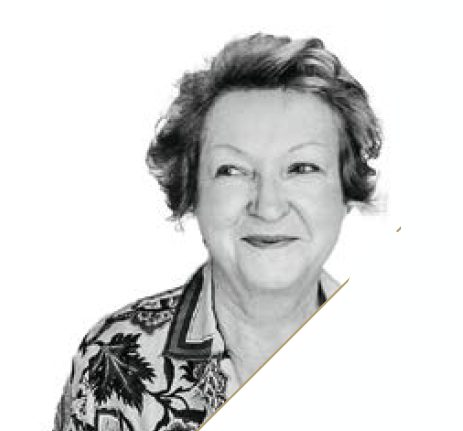 Dr Catherine de Goursac: Aesthetic and anti-aging doctor in Paris for over 20 years. Author of more than 30 publications, including “La médecine anti-âge”, “L’esthétique au masculin” from Éditions Ellebore, “Les secrets de la dermonutrition” from Vuibert, and “Tu as bonne mine ce matin” from Editions J Lyon. She is a board member of the AFME (French Association of Aesthetic Medicine) and the FSMEA (Union of Aesthetic and Anti-aging Doctors).
Dr Catherine de Goursac: Aesthetic and anti-aging doctor in Paris for over 20 years. Author of more than 30 publications, including “La médecine anti-âge”, “L’esthétique au masculin” from Éditions Ellebore, “Les secrets de la dermonutrition” from Vuibert, and “Tu as bonne mine ce matin” from Editions J Lyon. She is a board member of the AFME (French Association of Aesthetic Medicine) and the FSMEA (Union of Aesthetic and Anti-aging Doctors).
More informations: esthetiquemedicale.com


